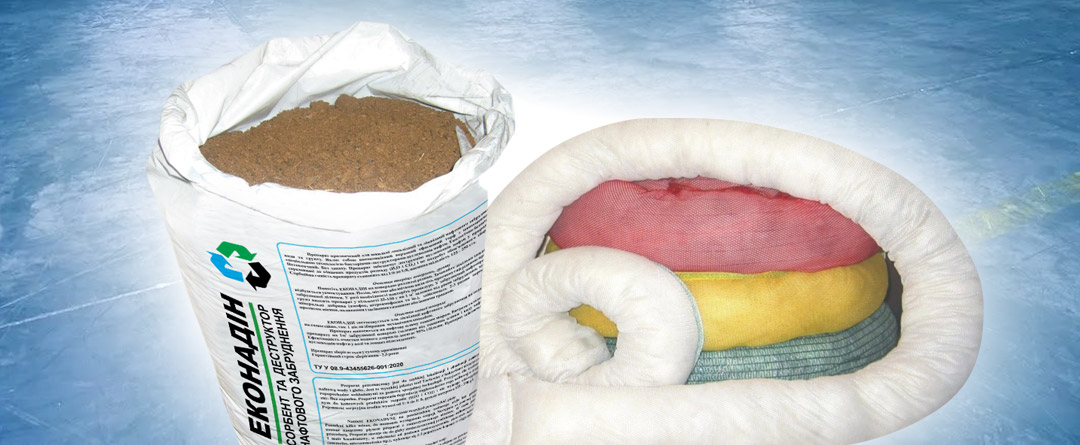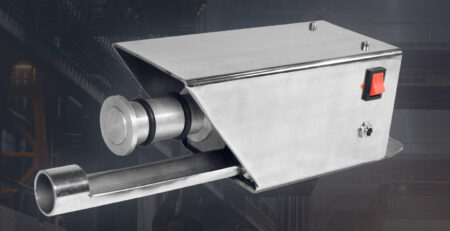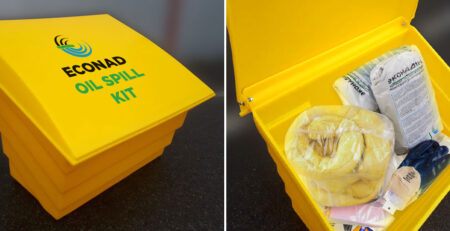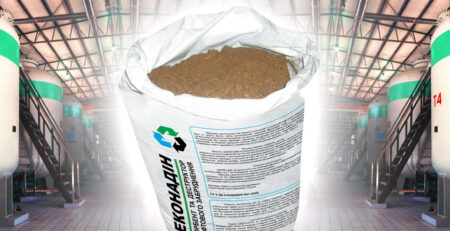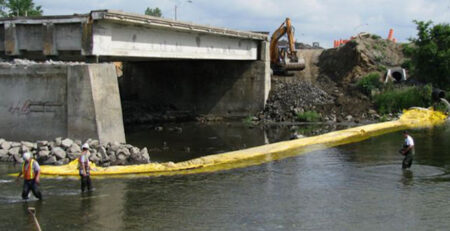Petroleum sorbents of the future: innovations and perspectives
In the modern world, the problem of oil and oil product spills remains a topical issue for ecology and industry. Every year the requirements to the efficiency and environmental friendliness of petroleum sorbents become stricter, which stimulates the development of innovative solutions in this area. In this article we will consider what oil sorbents of the future will be like, what technologies are being developed and what prospects they open up.
Technological trends in the development of petroleum sorbents
Future oil sorbents will have a number of key characteristics that will make them more effective, safer and easier to use:
- Nanotechnology – the use of nanomaterials such as graphene structures and carbon nanotubes will increase sorption capacity several times.
- Biodegradable materials – oil sorbents based on natural components that decompose without harming the environment.
- Self-repairing sorbents – materials that can restore their structure and be reused after regeneration.
- Smart sorbents – smart materials capable of changing properties depending on the type of pollutant.
- Magnetic oil sorbents – sorbents that can be easily extracted from water using a magnetic field, speeding up the cleaning process.
The future of environmental security
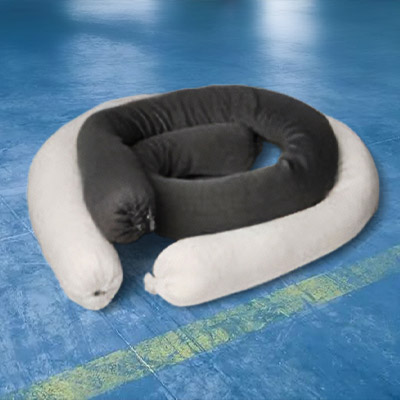
One of the key areas is waste minimization after the application of petroleum sorbents.
Promising solutions include:
- Full biodegradation – new formulations of oil sorbents not only effectively collect contaminants, but also decompose without residue after use.
- Energy-efficient recovery methods – innovative ways to clean and reuse sorbents, reducing waste disposal costs.
- Compatible with autonomous systems – oil sorbents integrated with robotic spill response systems.
Industry perspectives
Large corporations and scientific institutes are investing in the development of advanced oil sorbent technologies. The world’s leading companies are already testing new types of sorbents that will be able to adapt to different conditions and climatic zones. Especially promising are hybrid sorbents that combine the best properties of organic, inorganic and synthetic materials.
Econadine - oil sorbent and biodegrador
One of the promising solutions in the field of oil pollution elimination is the oil sorbent and biodegrador “Econadin”. This is a modern and environmentally safe means to combat the consequences of spills of oil, oil products, chemically hazardous substances and organic oils.
Main characteristics of Econadine
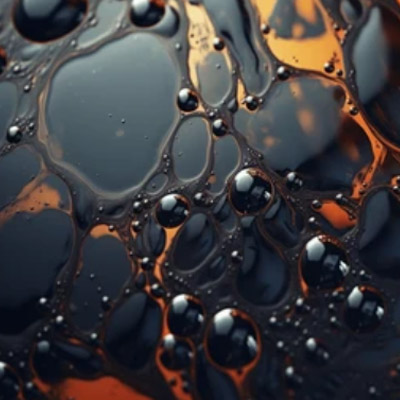
- The preparation is based on avirulent oil-oxidizing bacteria, which have high sorption and destructive activity against oil hydrocarbons.
- Composition: microorganisms destructors of oil hydrocarbons immobilized on dried sphagnum peat.
Application of oil sorbent Econadine
- Treatment of industrial wastewater containing oil products – used to increase the efficiency of water purification from oil products, surfactants and bioresistant pollutants, as well as for loading into biofilters and bioplato.
- Bioremediation of oil-contaminated soils – used for long-term cleaning of soil contaminated with oil products. For this purpose, a working solution of the biopreparation “Econadine” prepared on the basis of its dry fraction is used.
Conclusion
The future of oil sorbents is connected with the development of innovative technologies and increasing requirements to environmental safety. Already today, materials are being developed that can not only effectively remove oil contaminants, but also minimize the negative impact on nature. Investing in new oil sorbent technologies will lead to more efficient, smarter and sustainable solutions that will become an integral part of the industrial ecology of the future.

